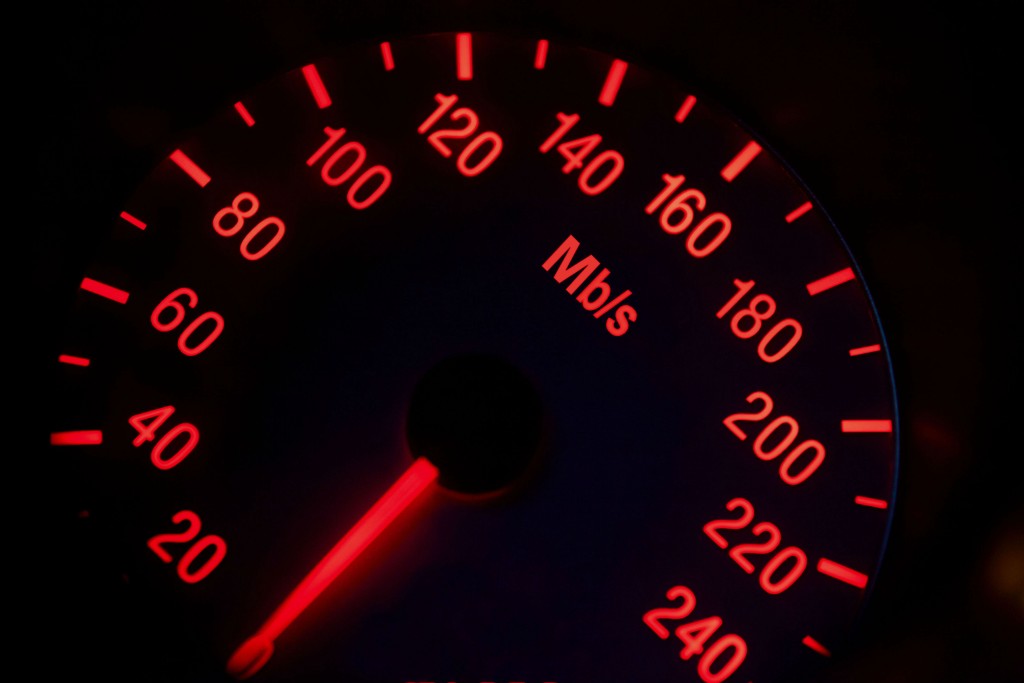“I feel the need, the need for speed.” – Goose & Maverick in Top Gun.
Whether it’s flying an F-14, driving a car, or surfing the Internet, we all have a need for speed. But not all Internet speed is created equal.
First, what is Internet speed? It’s the amount of time which content gets from the Internet to your computer, tablet or smartphone. Internet speed is measured in megabits per second. One Mbps is more than one thousand times faster than 1.0 kilobits per second (or Kbps).
Note: A lowercase “b” means bits and an uppercase “B” means bytes. Bits is the unit in which data rate is measured (basically measuring your download speed). Bytes is the unit of data that is typically used to measure computer storage or memory.
Your network configuration and equipment accessing the internet will play a role in the speed. Some websites or networks will cap speed limits, meaning a website can intentionally slow down the speed you are able to access information on their particular site. This makes it seem like your internet is running slower.
The device(s) you’re using may also affect Internet speed. Desktop computers, laptops, tablets and phones all have different requirements by high-speed Internet service providers. The more devices accessing the internet at the same time, the slower your download speed may seem. In reality, your connection speed hasn’t changed, but you are sharing the bandwidth in your plan between all the connected devices.
Here are a few terms used when dealing with Internet speeds and what they mean:
Asymmetric Digital Subscriber Line or ADSL is the transfer of data at a high bandwidth on existing phone lines. ADSL has faster download rates and slower upload rates.
Bandwidth is used to explain how much stuff you can send through a network connection.
Digital Subscriber Line or DSL uses regular copper phone lines to transfer data and information. Typical download speed with DSL is 1.544 Megabits per second. Upload speed is about 128 kilobits per second.
Fiber Optic Internet is the fastest form of broadband technology. The biggest benefit of fiber is that it can offer much faster speeds over much longer distances than traditional copper-based technologies like DSL and cable.
Mbps stands for millions of bits per second or megabits per second and is a measure of bandwidth.
T-1 is a leased line connection that carries data at more than 1.5 Mbps. Even faster is T-3. It moves data at more than 44.7 Mbps.
If you have a need for speed and want to make your connection faster, we’d love to help. Call Futiva at 844-2FUTIVA today!

